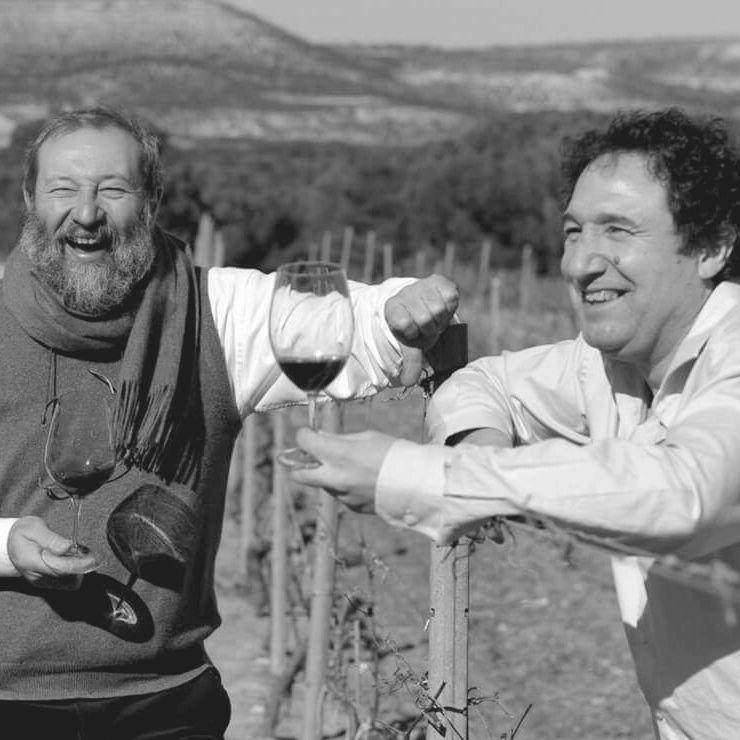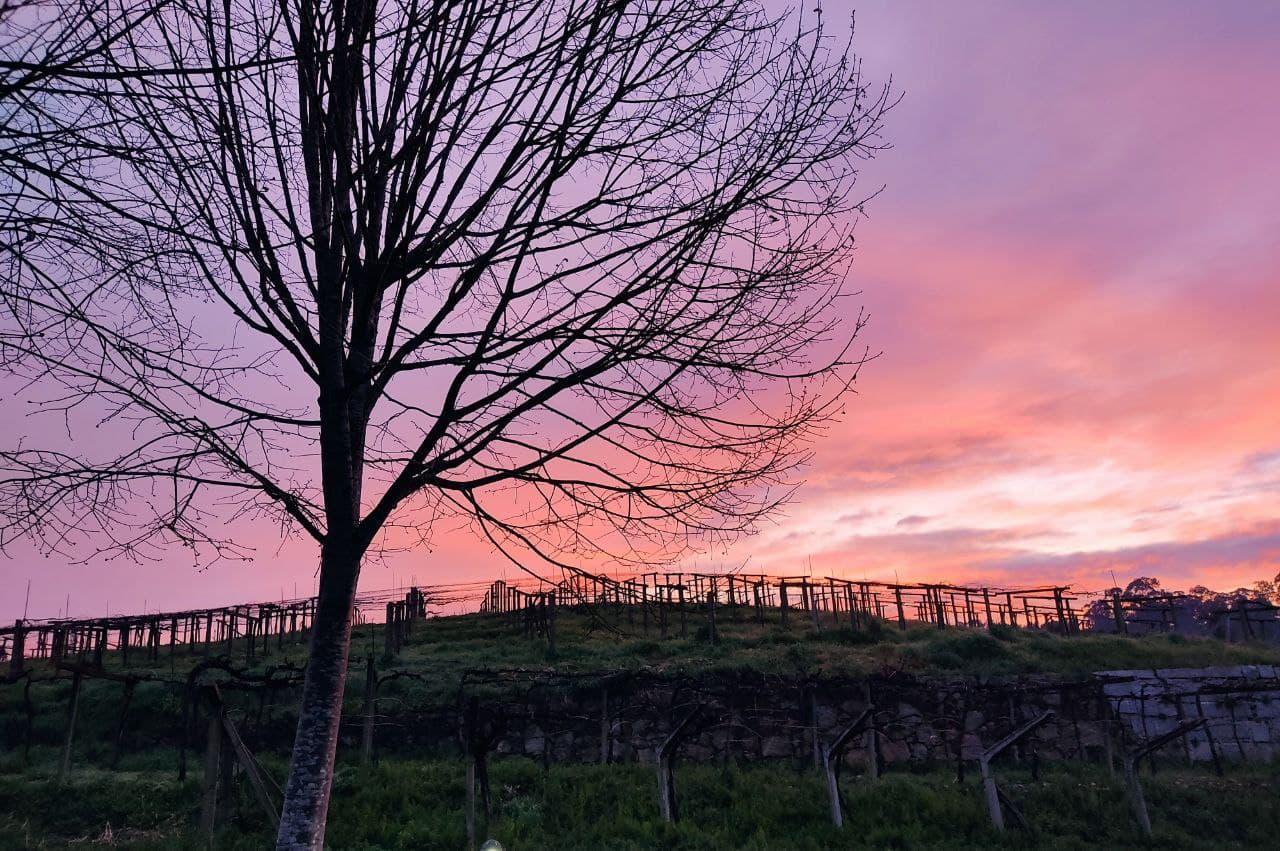
2 minute read
VITICULTURE&WINEMAKING

ALBARIÑO Bodega Fillaboa produces wine that expresses the subtlety and depth of their terroir. Albariño, the renowned native grape of Rías Baixas, shows complex aromatics and beautifully structured acidity that make memorable, elegant wines.Fillaboaisfermentedinstainlesssteeltanksandagesonfineleesfor6months,lendingtextureandcomplexity.Due tothestrongbackboneofalcoholandacidity,Albariñoagesexceptionallywell,gainingdepthandcomplexityovertime.
ARTISANRY All wines are produced in small volumes from unique parcels and vinified separately, ensuring care and attention is maintained at every step. Operating with a philosophy of minimum intervention, they use only native yeasts in fermentation.Thewinesarenotclarifiedandminimaldosesofascorbicacidandsulphuraretheonlyproductsadded.Due totheripenessofthegrapes,thewinesusuallydonotgothroughmalolacticfermentation.
FINCA MONTE ALTO TheprizedMonteAltopago,whichfeatures17acres(7ha)ofvineyardthatsitatthehighestpointof theestate,isespeciallynoteworthy.BenefittingfromastrongAtlanticcharacter,thisemblematicplotlies492feet(150m) abovesealevel.ProximitytotheMiñorivergivesthesoilasandy-loamtexturewithlotsofpebbles,idealforcultivation. The winesmadefromthisparcelareextremelylimited–Fillaboaproducedunder1,000caseslastyear.
Howistheterroirreflectedinthewines ofFillaboa?
The Albariño cultivated in Fillaboa vineyards shows ripe fruit like pineapple and citrus, and balanced acidity when young. The Atlantic influence, southern hillside exposures, granitic and alluvial soils and lees-aging produce wines rich in substance that evolve and age without the intervention of oak. The acidity will continue to support the palate and the aromaticsforyearstocome.
Fillaboa prides itself on balanced wine. Foregoing any malolactic fermentation, the acidity instead balances the alcohol, producing exceptionally drinkable wines thatmaintaintheircomplexitywithage.

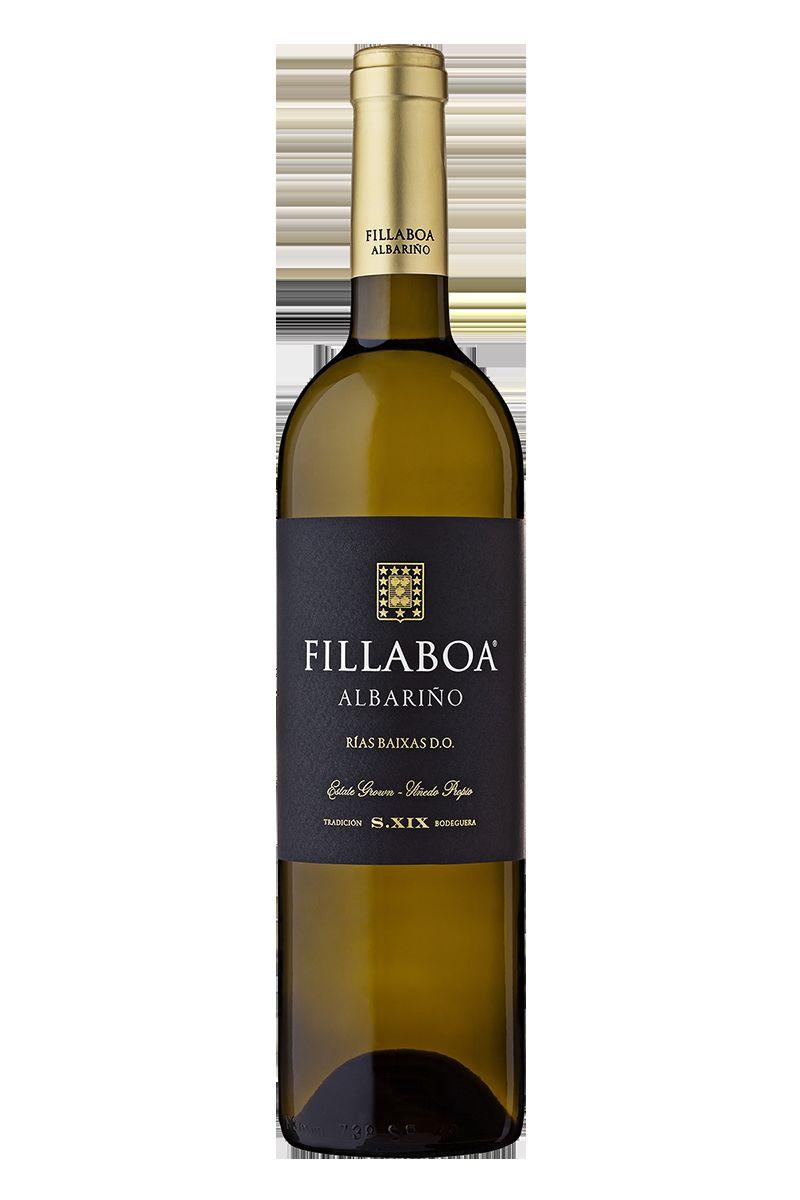

BODEGAFILLABOA PORTFOLIO:
Fillaboa Selección Finca Monte Alto, Fillaboa, Fillaboa 1898
Singularitiesofthewinery
Fillaboa is the largest estate in Pontevedra province, and contains one of the largest single extensions of vineyard in all of D.O. Rías Baixas. A rare example of achâteau-stylewineryintheregion.

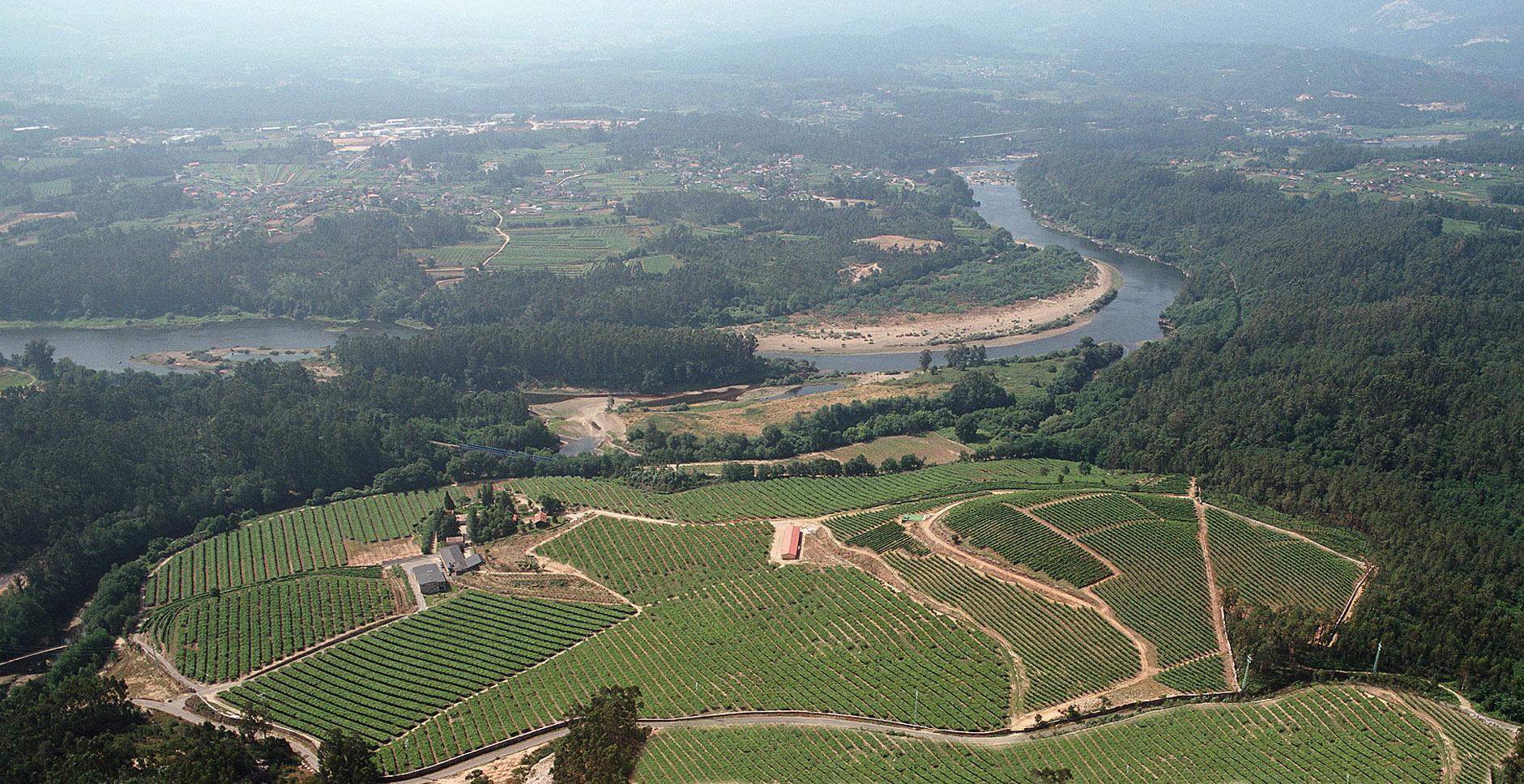
Vinification


12 months on the lees in stainless steel tanks
Goodtoknow
Limited production, aging potential of 5-8 years from 18-31 years. Aging potential up to 3 years
Contact:TeresaMuñoz tmunozv@bodegas.masaveu.com
An historic wine estate, Abadia Retuerta is located in Sardon del Duero on the site of the 12th Century Abbey of Santa María de Retuerta, fully restored and converted into an exclusive 5-star hotel and wellness retreat, complete with a 1-star Michelin restaurant. The property comprises 1,717 acres (695 ha), of which 475 acres (192 ha) are planted on the left bank of the Duero River. With 900 years of winemaking at this storied place, the winery has earned worldwide recognition for terroir-driven winemaking.
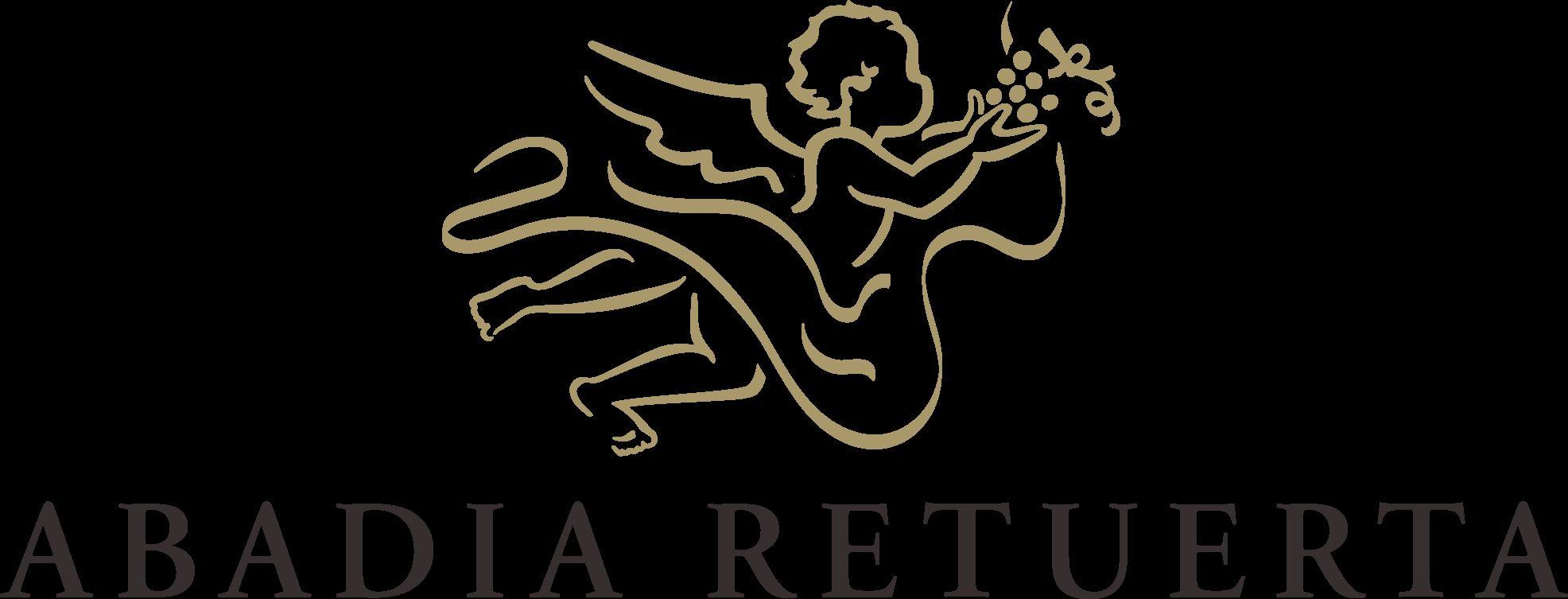

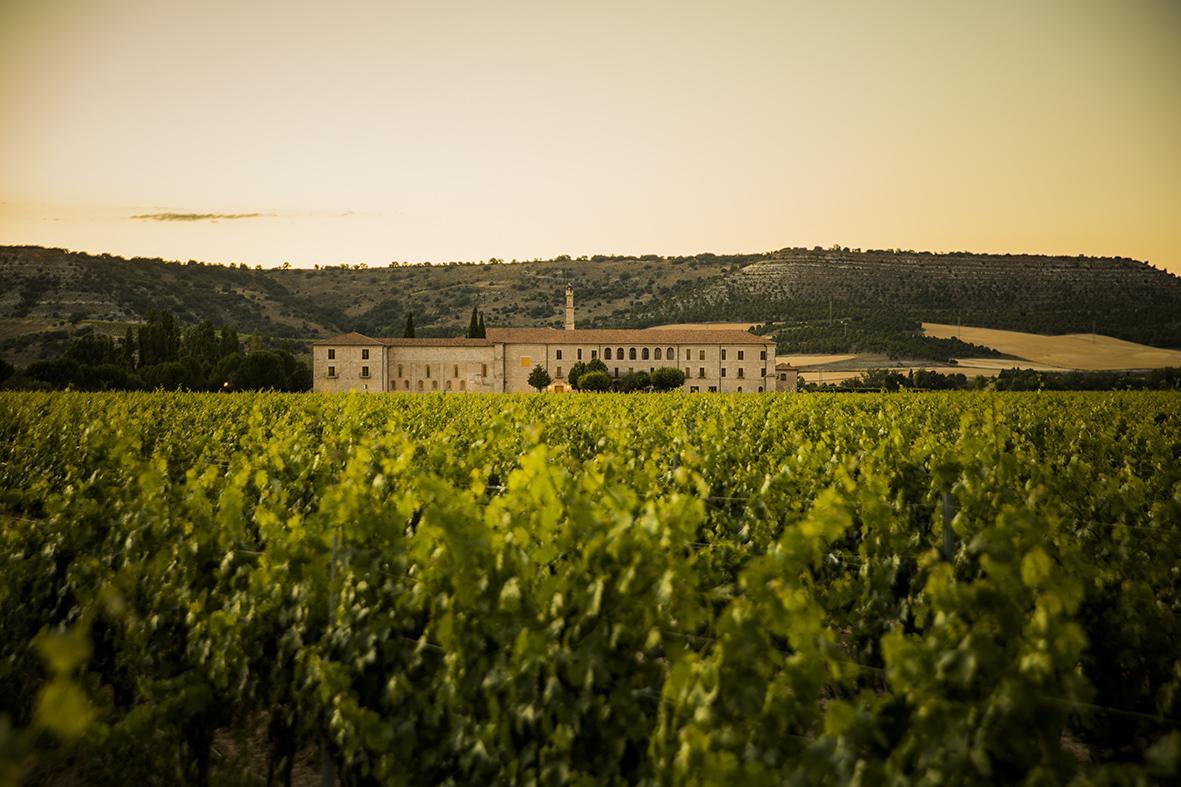
KEYFACTS HISTORY
CLIMATE: Continentalextreme:lowrainfall coldwinters,hotsummersoffsetbyhigher elevationandtemperaturevariation
ELEVATION:2,460feetto2,790feet (760to850m)

SOILS: SandyclosertototheDueroRiver, withwhiteclayonthehillsides,deepgraveland limestoneinselectparcels
CLASS: DOPAbadíaRetuerta
VINE: 475acres(192ha)across54 parcels
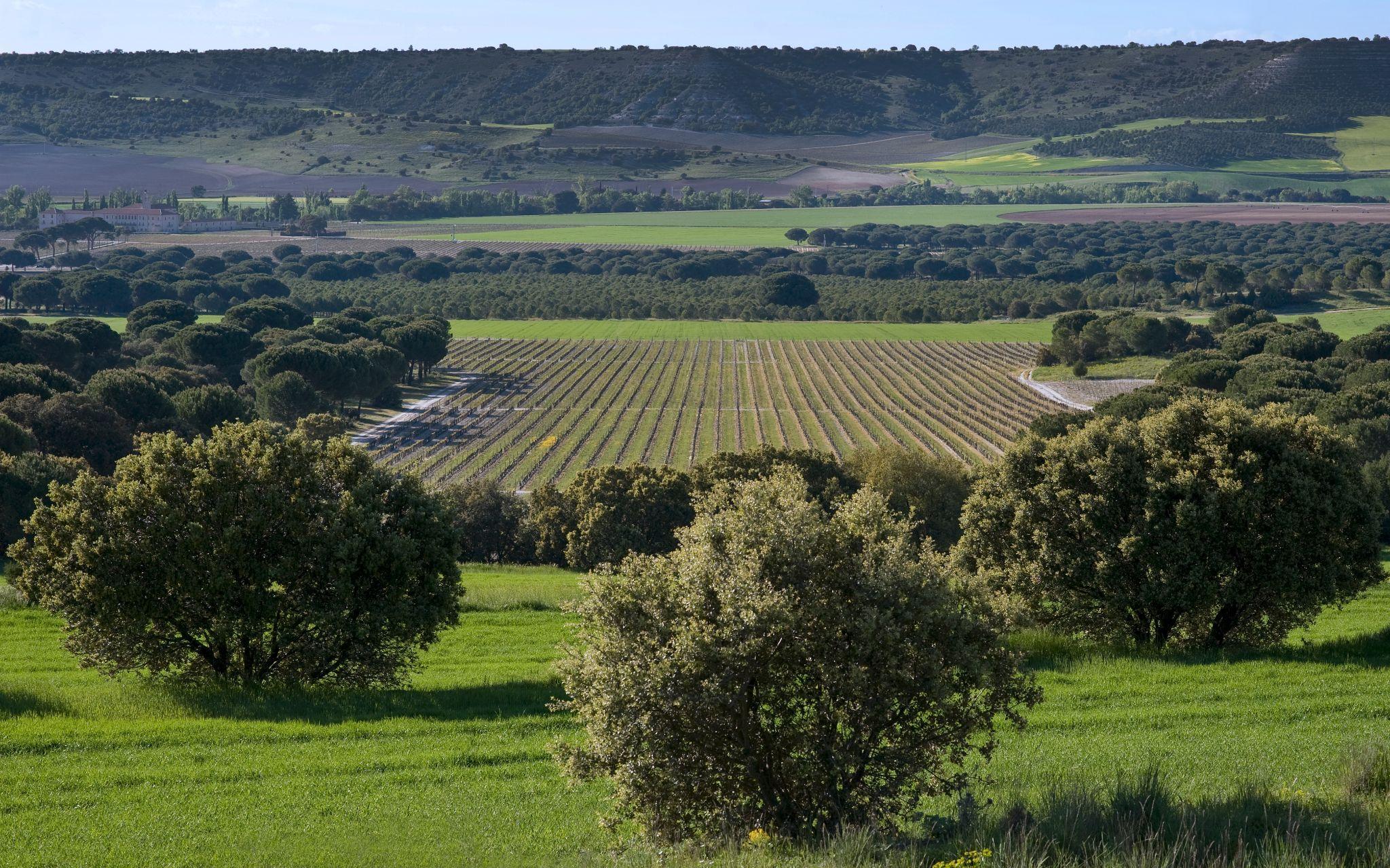
KEYVARIETALS:Tempranillo, Syrah, Cabernet Sauvignon, Petit Verdot, Garnacha, Sauvignon Blanc, Verdejo, Godello
ECO: Willbefullycertifiedorganicin 2024.Somebiodynamictrials
INNOVATE: Climatechangemitigation managementprojectunderway,basedon understandingnatureandterroir
Santa María de Retuerta was an ancient working estate at its inception in 1146, where monks continued the traditions of vine-growing and winemaking. Sold directly by the monks, 17th century documents show Abadia Retuerta was the dominant wine at the largest regional market in Valladolid.

The vineyards were largely uprooted under private ownership in the 1970’s. Bought by Sandoz corporation in 1988, they recognized the unique viticultural potential and collaborated with French winemaker Pascal Delbeck to restore the estate, its vineyard and original landscape. He designed the current winery which was built in 1996. Ángel Anocíbar, current director of viticulture and oenology, joined the team that same year.
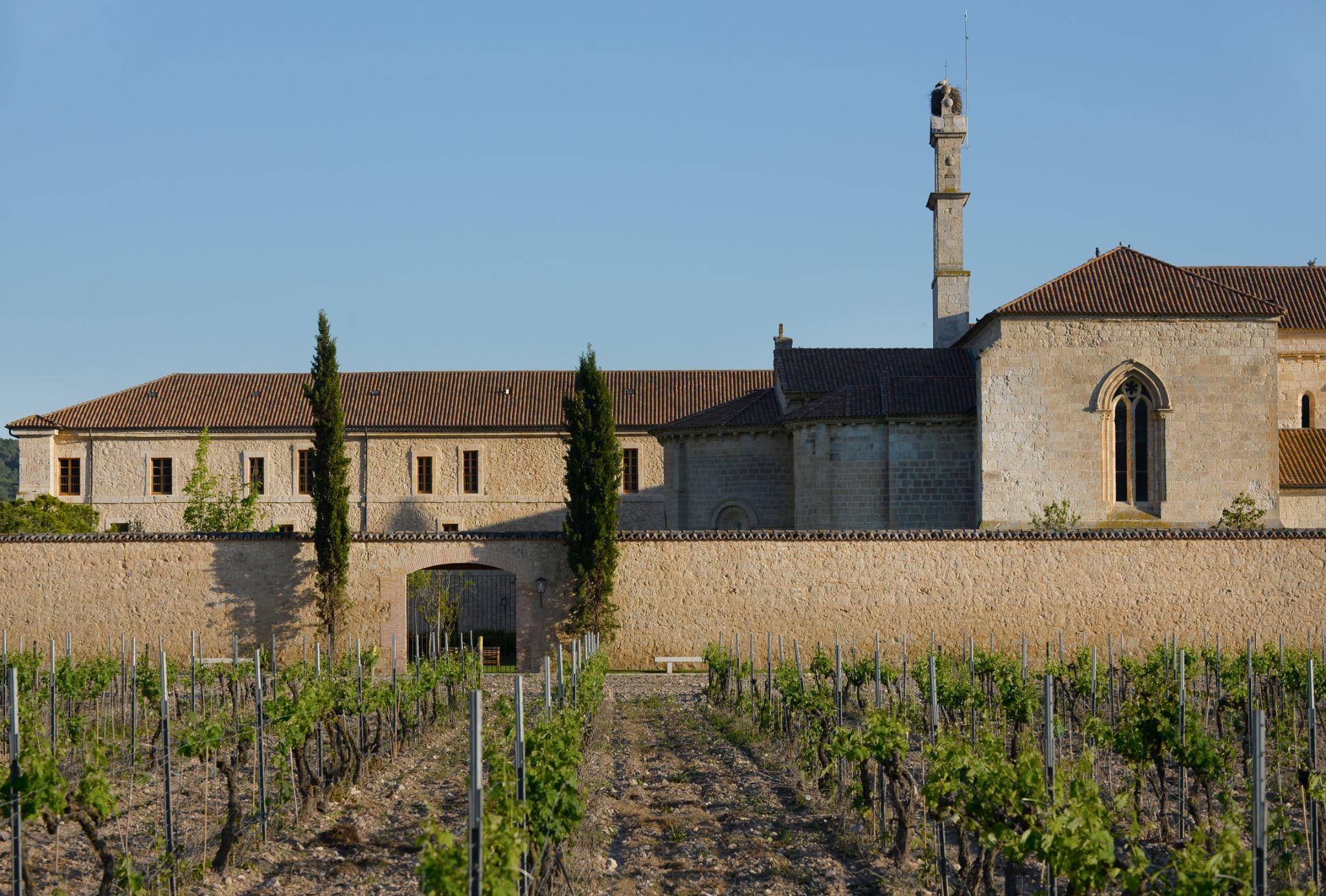
GoodtoKnow: Abadía Retuerta’s CSR practices include generating employment, boosting the local economy and promoting sustainable tourism. An annual Corporate Social Responsibility Report is published under the criteria established by the Global Reporting Initiative (GRI).
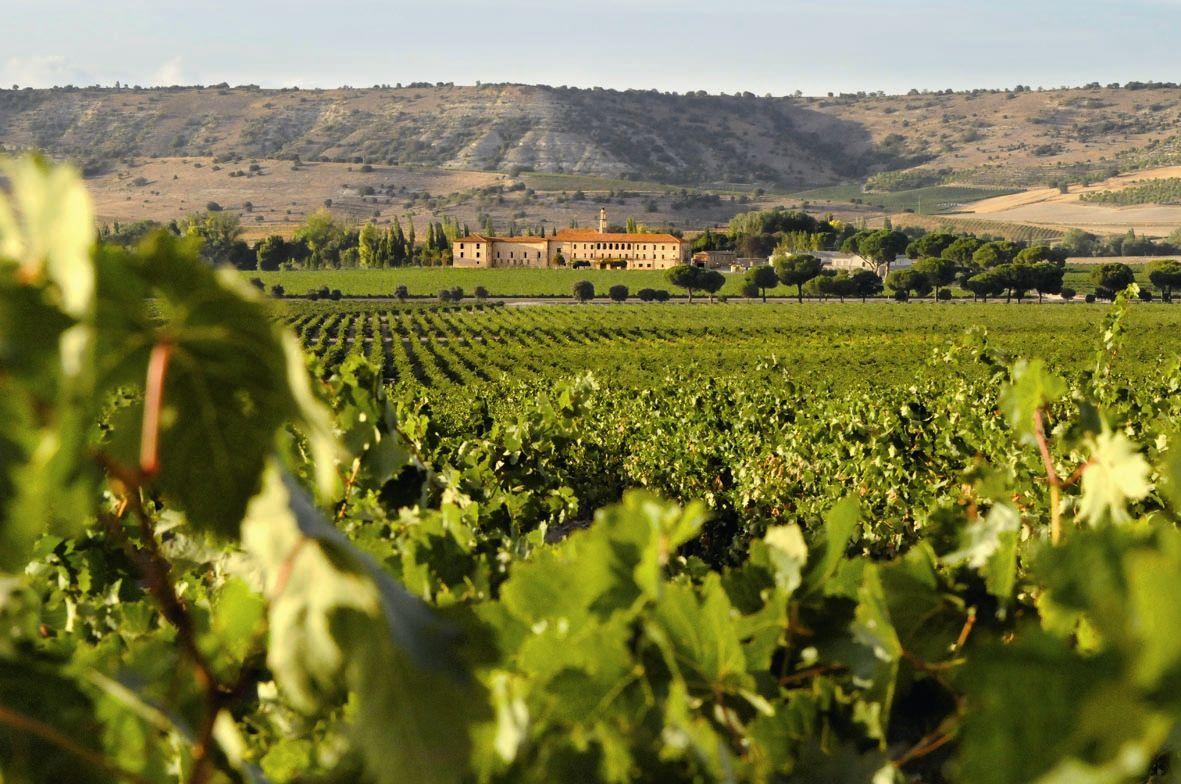
Winemaker Pascal Delbeck (Château Belair, Ausone) have collaborated since 1996 to identify 54 distinct parcels, distinguished by unique soil composition, variety,andexposure.

Affectionately known as "Professor Bacterio” for his obsession with quality and microbiological control of wines, Ángel is responsible for both the vineyard and cellar. This allows for methodical work and steady progress each year in understanding their terroir and howitisexpressedintheirwines.
